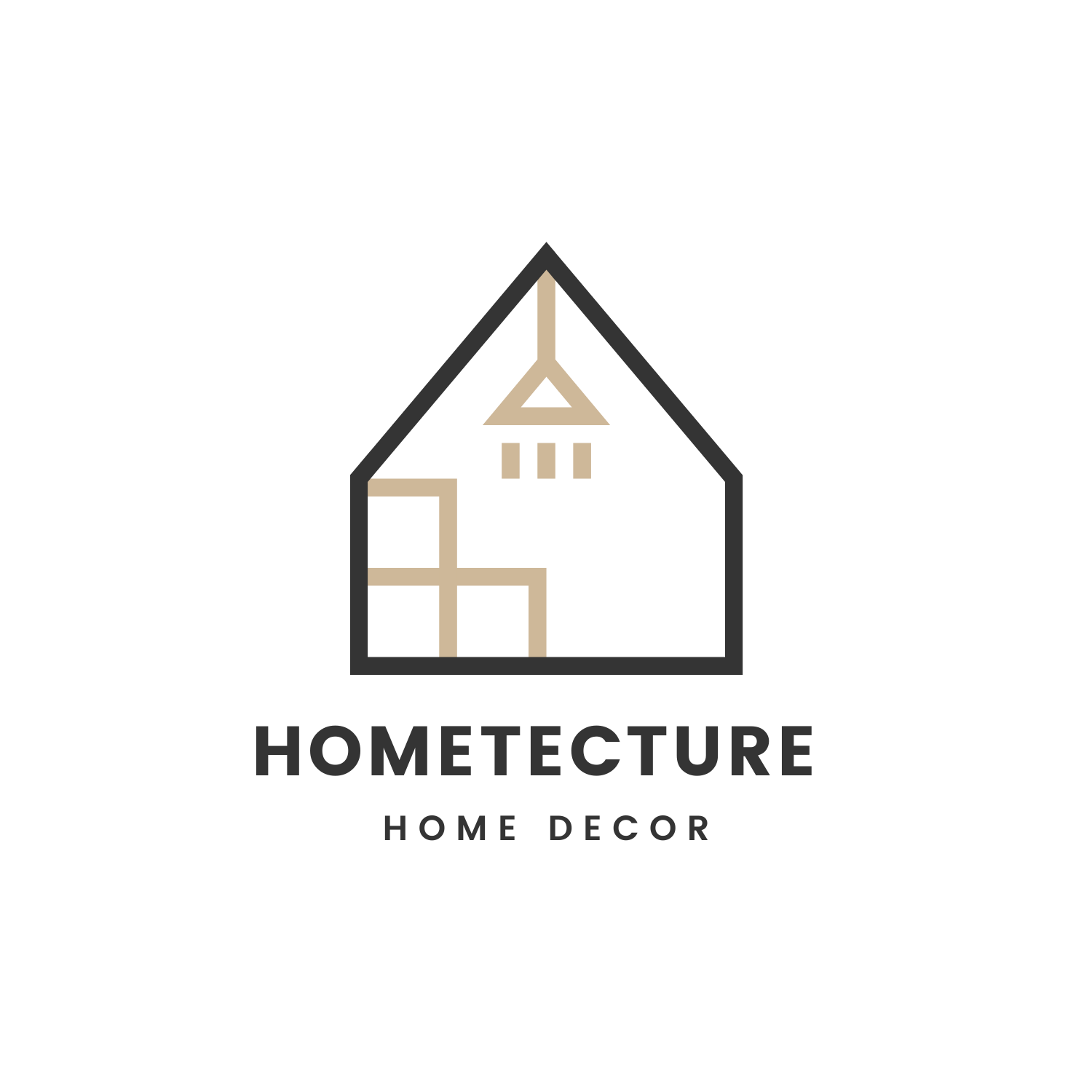5 Most Popular Interior Design Styles to Know Now

When you’re decorating a home, knowing the differences between popular interior design styles can make all the difference in honing your personal tastes and curating the perfect room. Maybe you’ve moved into a new apartment or renovated your old house, and now you’re looking for just the right style to furnish it. Or perhaps you’ve been in your home for a while now and just want to inject a fresh look into the space. No matter your situation, we’re here to help you find the interior design style that calls your name. Below, we’ve compiled an overview of ten popular interior design styles and home trends. Ranging from the cool north to the far east, from clean minimalism to colorful boho-eclecticism, these are the styles to know. Take a look and see what resonates.
For a few years now, two new interior sub-trends have sprung from the aesthetic: hygge from Denmark, which is all about warmth and comfort; and Swedish lagom, which seeks to conserve resource through conscious, minimalist-leaning choices (in fact, lagom translates to “just right” or “just enough”). Whether you pursue hygge, lagom, or a simpler Scandi style, these trends from the far north are not only practical and inviting, but they can easily combine with other interior design styles.
In interior design, this special relationship is reflected largely through the use of materials such as natural stone, paper, and wood. The big difference between this and a pure Scandi look is that these spaces often make use of a darker, richer color palette. In general, the Japanese influence allows for a broader use of tones such as black, dark green, terra-cotta, and eggplant. Another adaptation is the introduction of feng shui principles, which have Chinese origins but are often incorporated into Japanese home decor. These days many designers are mastering the balancing act between North and East, among them, for example, Munich-based Stephanie Thatenhorst and the Danish designer David Thulstrup.
The key is a mix of light colors, earth tones, and splashes of warm accents. Think white, beige, forest green, and terra-cotta complemented by ocher, orange, and azure blue. The most popular materials include clay, raffia, and linen, as well as local olive or pine wood. For both floors and walls, colorful mosaic tiles or handmade zellige clay tiles are particularly suitable. And of course, don't miss the opportunity to display colorful ceramic tableware and Mediterranean plants and herbs, which not only make for great accent but are also handy for cooking.
In many homes, wooden beams and bricks—a helpful foundation for this look—are just waiting to be discovered, so it could be worth exploring what layers you can peel back. Opt for furniture that has some history, maybe those with small blemishes or a vintage look. Flea market finds are great for larger pieces (look for furniture made from solid wood), and precious heirlooms such as picture frames, tablecloths, and even grandma’s vase might also fit in. For a very British style, bring in a tea set, preferably with a floral pattern, or a Chesterfield sofa.
The comfy chair displays some clear and important characteristics of the midcentury ethos: high-quality natural materials like wood and leather meet lush, organic shapes supported by a delicate metal base. These characteristics can be found not only in the chairs of Eames or Le Corbusier, but also in the kidney tables and sideboards that are still very much in demand today. Also typical of ’60s chic are opulent, textured fabrics such as velvet, corduroy, and bouclé in fir green, bold navy, and purple. Combining midcentury with shiny brass or chrome accents will round out the glamorous and cozy style.

